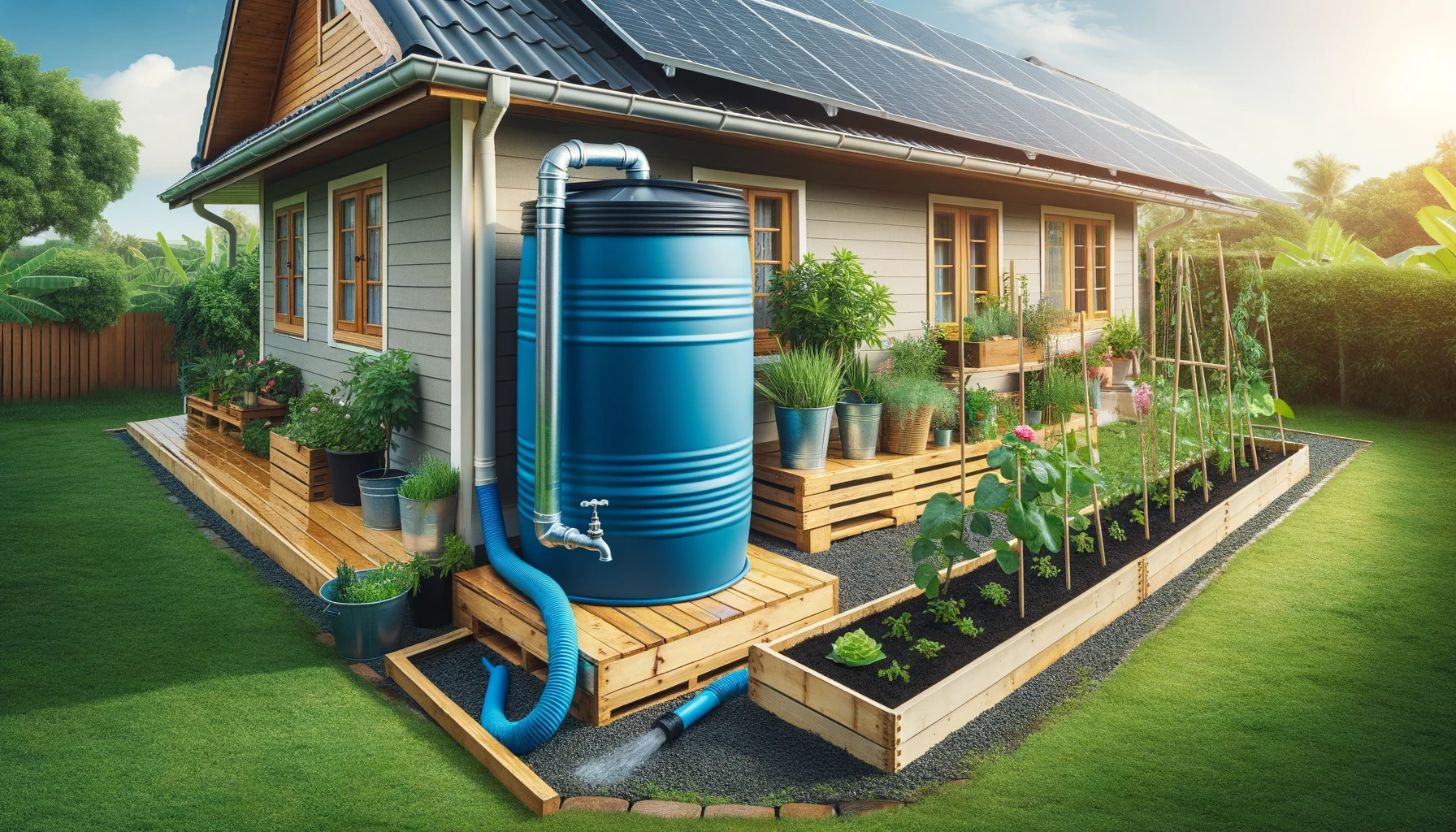Welcome to our comprehensive guide on bamboo propagation! Whether you’re an experienced gardener or just starting out, we’ll provide you with the easy steps and techniques necessary to successfully propagate bamboo plants in your own backyard. Bamboo propagation involves a variety of methods, including cutting and division, but don’t worry – we’ll cover everything you need to know. Get ready to watch your bamboo thrive!
Key Takeaways
- Bamboo propagation involves reproducing bamboo plants to create new ones using different methods.
- We will provide step-by-step instructions for various bamboo propagation techniques, including cutting and division.
- Choosing the right bamboo species for propagation is crucial for success.
- Proper preparation of the propagation area is essential for optimal growth.
- Caring for propagated bamboo plants and managing potential challenges are crucial for maintaining a healthy bamboo collection.
Understanding Bamboo Propagation
Before you start propagating bamboo, it’s important to understand the process and methods involved. Bamboo propagation is the way to reproduce bamboo plants and create new ones. There are several methods to propagate bamboo, including cuttings and divisions. By understanding these techniques, you can ensure the success of your bamboo growth.
What is Bamboo Propagation?
Bamboo propagation is the process of creating new bamboo plants from existing ones. In botanical terms, it’s the reproduction of bamboo through asexual means. It’s like cloning the bamboo plant to create another one. The process can be done through various methods, and the most common ones are through cuttings and divisions.
Disclosure: When you buy through links on our site, we may earn an affiliate commission.
Bamboo Propagation Methods
There are two primary methods to propagate bamboo, and they are through cuttings and divisions. The cutting method involves taking a section of an existing bamboo plant and planting it to grow a new one. On the other hand, the division method involves separating the rhizomes of an established bamboo plant to create new plants. Both methods are effective, and the one you choose will depend on the species of bamboo you want to propagate and your personal preference.
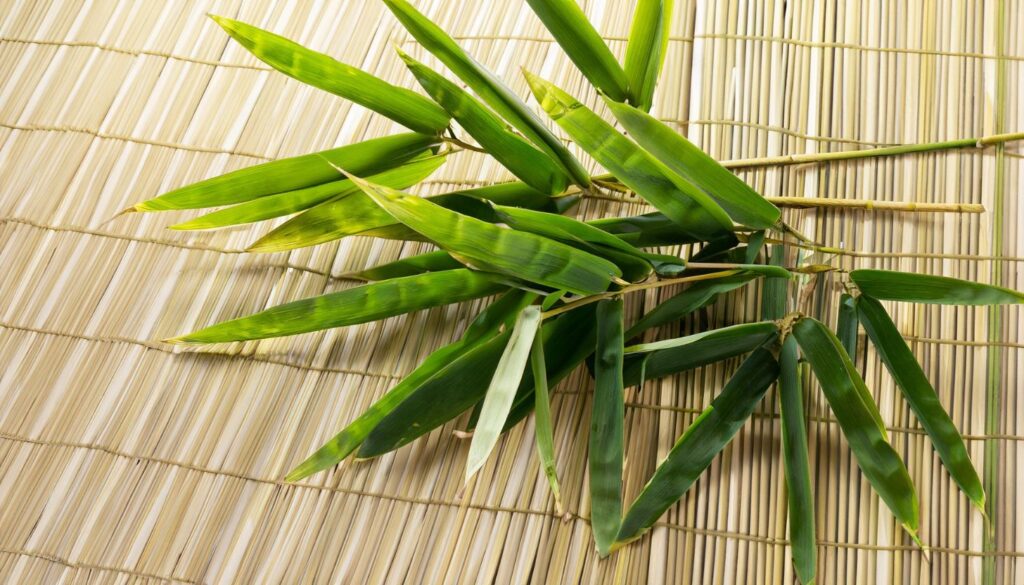
By understanding the different methods of bamboo propagation, you can choose the right one for your needs and ensure successful growth.
Propagating Bamboo from Cuttings
If you’re looking for a quick and simple method of bamboo propagation, using cuttings might be the way to go. Bamboo propagation from cuttings involves taking a section of an established bamboo plant and planting it to grow a new one. Here’s a step-by-step guide to help you get started.
When to Take Cuttings
The best time to take bamboo cuttings is in the spring when new shoots are sprouting. These shoots grow quickly, and their strength and vigor make them ideal for propagation.
Preparing the Soil
Before planting your cuttings, prepare the soil by adding organic matter and ensuring that it is well-drained. Bamboo prefers soil with a slightly acidic pH level, between 5.5 and 6.5.
Taking the Cuttings
When taking your cuttings, make sure to use sharp, clean pruning shears. Cut a section of the established bamboo plant with at least one node and two or three branches or leaves. Nodes are the raised bumps on the stems of bamboo plants from which leaves and branches grow.
Make the cut at a 45-degree angle to increase the surface area for rooting. After making the cut, remove any excess foliage and branches from the lower portion of the cutting, leaving only two or three leaves.
Planting the Cuttings
After preparing the soil and taking your cuttings, plant them in a planting hole that is at least twice the width of the cutting and deep enough to cover the bottom leaf node. Water the cutting thoroughly after planting and cover it with a plastic bag to create a mini greenhouse effect that will encourage root growth.
Caring for the Cuttings
For the first few weeks, make sure to keep the soil consistently moist and the cutting in a warm, shaded area with minimal direct sunlight. After a few weeks, you should start to see new growth on the cutting, which means it has successfully rooted. At this point, you can slowly acclimate the plant to more sunlight and outdoor conditions.
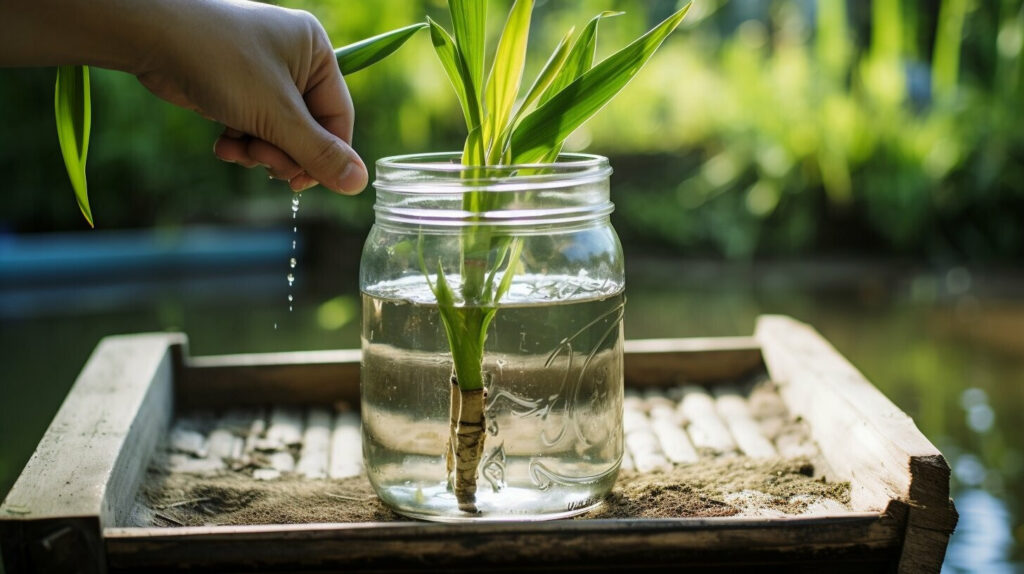
Tip: Using a rooting hormone can significantly increase your chances of success when propagating bamboo from cuttings. Simply dip the cut end of the cutting into the hormone powder before planting.
Growing Bamboo from Divisions
Growing bamboo from divisions is an effective technique for bamboo propagation. This method involves separating the rhizomes of an established bamboo plant to create new plants.
The best time to divide bamboo is in the spring when new shoots start to emerge. Select a healthy bamboo plant that has been growing for at least three years and gently dig around the base to expose the rhizomes. Use a sharp, clean knife or saw to cut the rhizomes into sections, making sure that each section has at least one healthy shoot and a portion of rhizome.
After cutting the rhizomes, plant each one in a well-draining soil mix, ensuring that the soil is moist but not waterlogged. Water the newly planted divisions regularly and provide partial shade until new growth appears.
When dividing bamboo, it’s important to be careful not to damage the rhizomes or the roots of the parent plant.
Once the new bamboo shoots start to grow, they will need regular watering to establish themselves. Fertilize the newly propagated bamboo plants with a balanced fertilizer and provide them with partial shade until they are well-established.
Different bamboo species have varying growth habits and may require specific growing conditions. Make sure to choose the appropriate bamboo species for your specific needs.
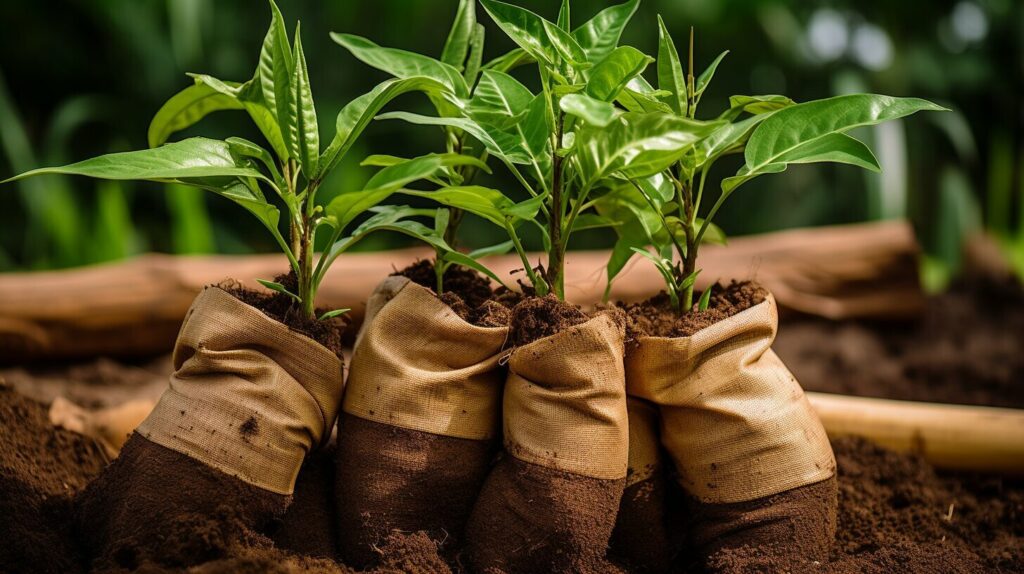
With these tips, you can successfully propagate bamboo plants from divisions and expand your bamboo garden.
Choosing the Right Bamboo Species for Propagation
Selecting the appropriate bamboo species for propagation is crucial for successful growth. Different bamboo species have unique characteristics, including growth habits, soil and water requirements, and cold tolerance. Choosing the right species for your propagation project can help ensure that your plants thrive.
When selecting a bamboo species for propagation, consider factors such as the climate in your area, the desired size and shape of the mature plant, and the purpose of the propagation project. Some popular species for propagation include:
- Bambusa vulgaris: a clumping bamboo with large and sturdy culms, perfect for construction purposes.
- Phyllostachys nigra: a running bamboo with black culms and green foliage, prized for its ornamental value.
- Fargesia murielae: a clumping bamboo that is cold-hardy and suitable for smaller gardens or containers.
Before choosing a species for propagation, research its specific requirements and growth habits to ensure that it is suitable for your location and needs.
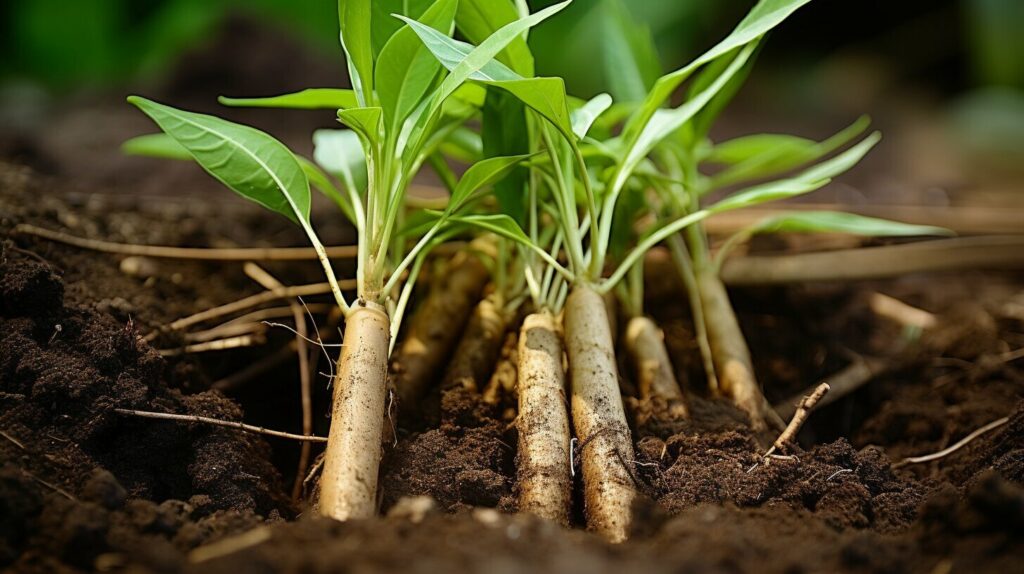
Preparing the Propagation Area
Creating an ideal environment for bamboo propagation is crucial for success. The first step is to choose an appropriate location in your garden that will provide adequate sunlight and well-draining soil. Bamboo can thrive in a variety of soil types, but it’s essential to ensure that the soil pH remains between 5.5 and 7.5. You can use a pH testing kit to determine the pH level of your soil.
Once you have selected the site, it’s time to prepare the soil. You can incorporate organic matter such as compost or aged manure into the soil to improve its texture and fertility. Make sure to remove any rocks or other debris that may hinder the growth of your bamboo plants.
Bamboo requires regular watering, especially during the early stages of growth. Make sure your propagation area has easy access to a water source. You can also consider installing a drip irrigation system to ensure consistent moisture for your new plants.
It’s a good idea to prepare the propagation area before taking cuttings or dividing bamboo plants. This will ensure that the plants can be planted as soon as possible after propagation, reducing stress on the root system and increasing the chances of successful growth.
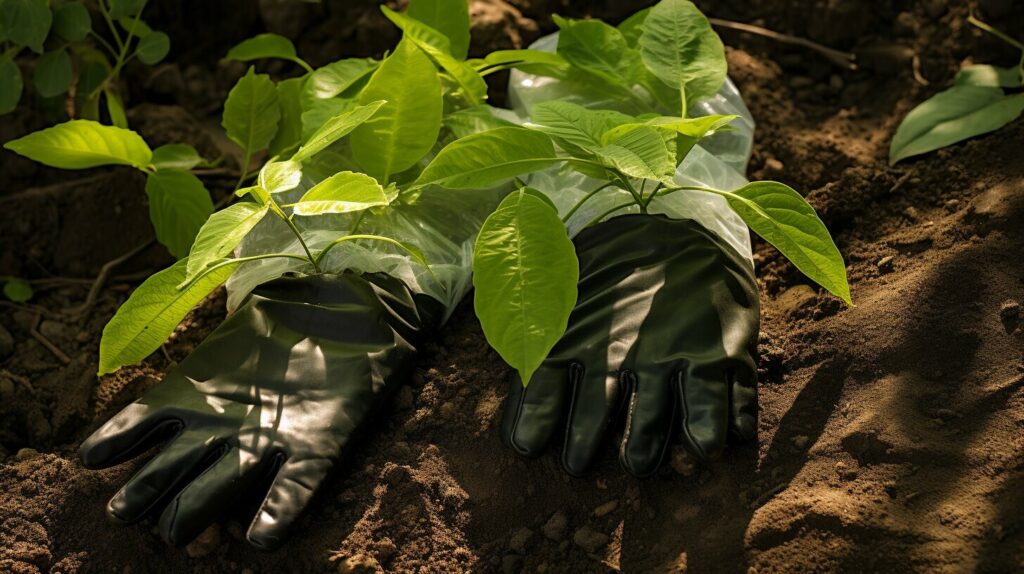
Tip: Adding a layer of mulch around the base of your new bamboo plants can help regulate soil temperature and moisture levels, as well as prevent weed growth.
Propagation Techniques for Different Bamboo Types
As mentioned earlier, not all bamboo species propagate in the same way. Different bamboo types require specific propagation techniques for successful growth. Understanding these techniques will ensure that you can propagate each type of bamboo correctly. Here are some common bamboo types and their recommended propagation techniques:
Clumping Bamboos
Clumping bamboos tend to grow in tight clusters, making them easier to control and maintain. Propagating clumping bamboos involves dividing the root mass into smaller sections, each with its own culms and roots. This can be done using a sharp knife to carefully separate the root mass into sections.
Once you have divided the bamboo, plant each section in well-draining soil. Be sure to water the newly propagated plants regularly and monitor their growth. With proper care, your clumping bamboo should thrive and propagate itself over time.
Running Bamboos
Running bamboos are known for their aggressive growth habits, making them more challenging to manage. Propagating running bamboos involves taking cuttings from the parent plant and planting them in soil. Place the cuttings in a bright, sheltered area to prevent them from drying out.
As the bamboo cuttings begin to grow, be sure to monitor their growth and spread. It’s important to control the spread of running bamboos to prevent them from taking over your garden. You can do this by planting them in large containers or using root barriers to contain their growth.
Overall, propagating different bamboo types requires specific techniques that must be followed for successful growth. By understanding the unique needs of each bamboo species, you can propagate them effectively and enjoy their beauty in your garden for years to come.
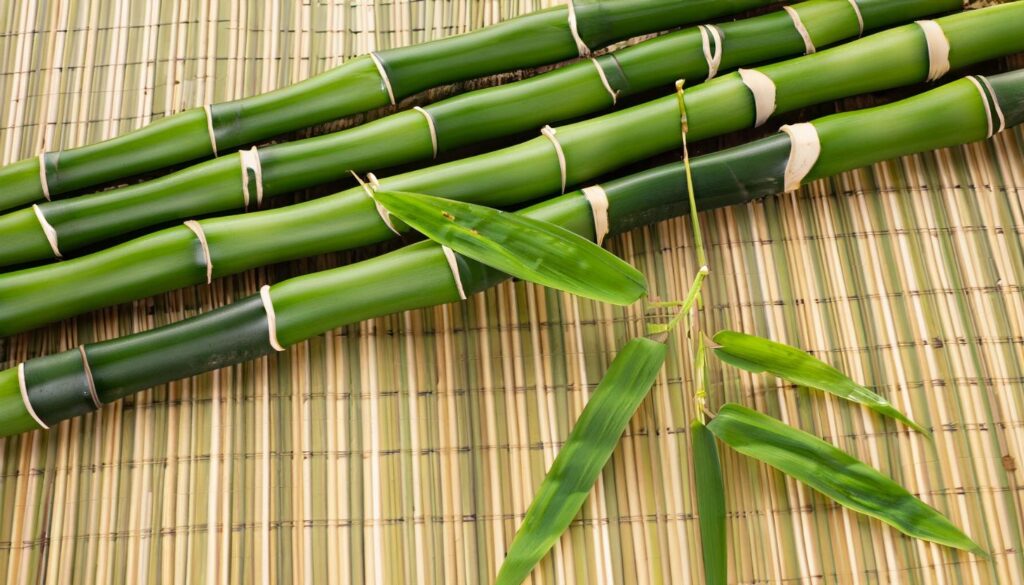
Caring for Propagated Bamboo Plants
Congratulations, you have successfully propagated your bamboo plants! But your work doesn’t end here – it’s important to provide proper care to ensure the health and vitality of your new plants. Following these bamboo propagation tips will help your plants thrive:
- Watering: Regular and deep watering is essential for bamboo plants. During the first year after propagation, make sure to water your bamboo twice a week, especially during dry spells. Once the plants are established, you can reduce watering to once a week.
- Fertilizing: Bamboo is a heavy feeder and requires regular fertilization. Use a nitrogen-rich fertilizer every six weeks during the growing season to promote healthy growth.
- Pruning: Pruning is important to maintain the shape and size of your bamboo plants. Cut back any damaged or dead canes, and trim any unwanted growth to keep your bamboo looking neat and tidy.
- Mulching: Mulching is an effective way to retain moisture in your soil and suppress weed growth. Apply a layer of organic mulch around the base of your bamboo plants, taking care not to bury the canes.
- Protecting: Protect your bamboo plants from extreme temperatures and harsh winds. During winter, consider covering your plants with burlap or other protective materials to prevent damage from cold weather.
By following these tips for caring for your propagated bamboo plants, you can enjoy a beautiful and healthy bamboo garden for years to come.
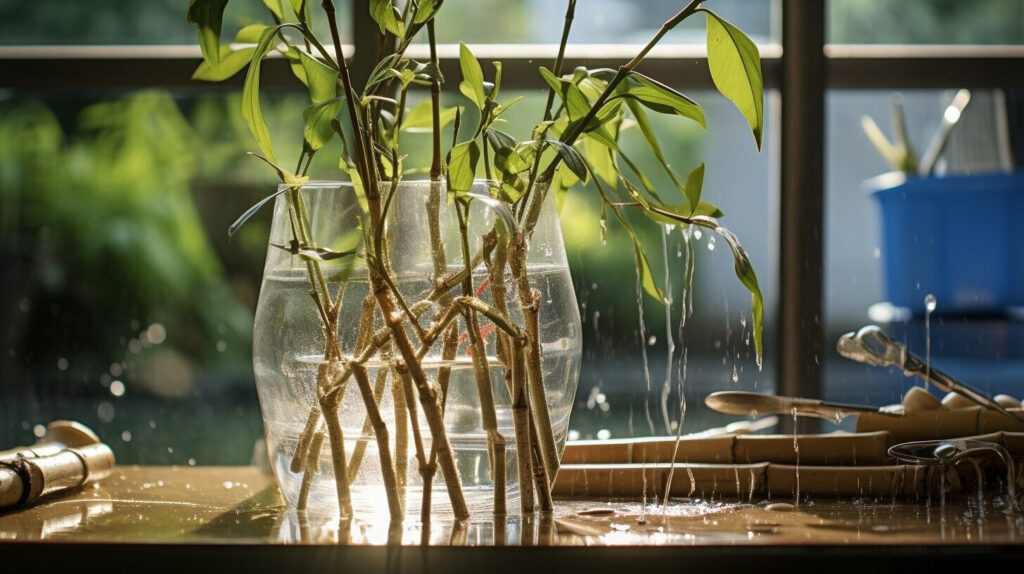
Potential Challenges and Troubleshooting
Despite your best efforts, you may encounter some challenges when propagating bamboo. Here are some of the most common issues and tips on how to troubleshoot them:
- Bamboo not rooting: If you’ve planted your bamboo cuttings or divisions and they’re not rooting, it may be due to poor soil conditions or overwatering. Make sure to use well-draining soil and water sparingly.
- Diseases: Bamboo is susceptible to a variety of diseases, including root rot and bamboo mosaic virus. To prevent diseases, make sure to plant in well-draining soil and avoid overwatering. If you suspect your plants are infected, remove and dispose of them immediately to prevent spreading.
- Insects: Bamboo can attract insects like spider mites and mealybugs. If you notice an infestation, try using a natural insecticide or introducing beneficial insects like ladybugs to your garden.
Remember that bamboo propagation takes patience and practice. Don’t be discouraged if your first attempts aren’t successful. Keep experimenting with different techniques and species, and enjoy the process of growing your own bamboo garden.
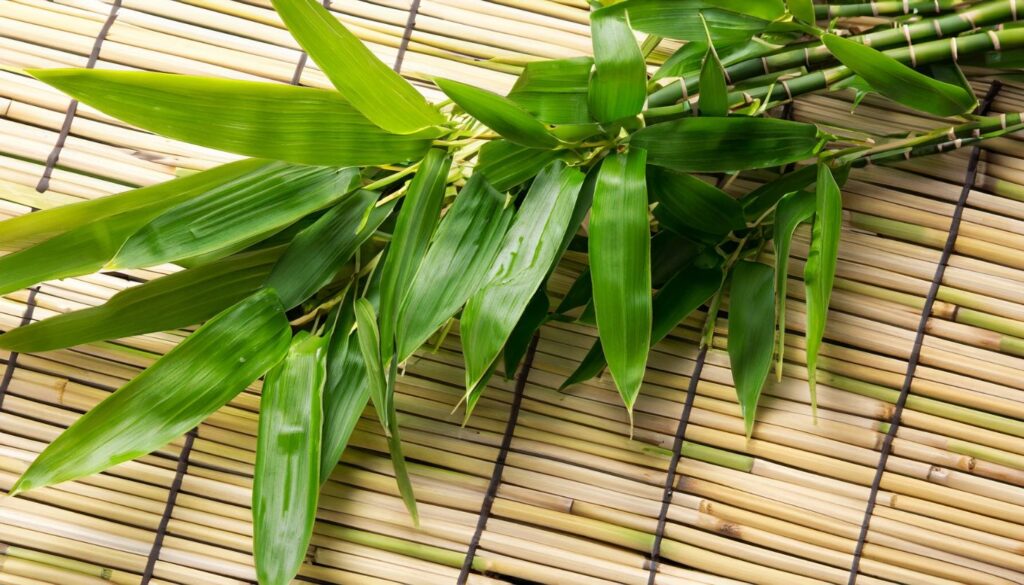
Expanding Your Bamboo Collection
Now that you’ve successfully propagated your bamboo plants, it’s time to expand your collection! With the right techniques and tips, you can add variety and interest to your bamboo garden.
- Experiment with new propagation methods: Don’t be afraid to try different techniques for propagating bamboo. You may find success with a method you haven’t tried before. Keep learning and experimenting!
- Source new bamboo plants: In addition to propagation, you can also purchase new bamboo plants to add to your collection. Look for reputable nurseries or online retailers that specialize in bamboo. Make sure to choose plants that are suitable for your climate and growing conditions.
- Consider adding different bamboo species: While you may have started with a particular bamboo species, don’t be afraid to branch out and try different types. Consider the growing requirements of each species and choose ones that will thrive in your garden.
- Share your bamboo: If you have a surplus of propagated bamboo plants, consider sharing with friends and family who are interested in gardening. You may even meet other bamboo enthusiasts and swap plants.
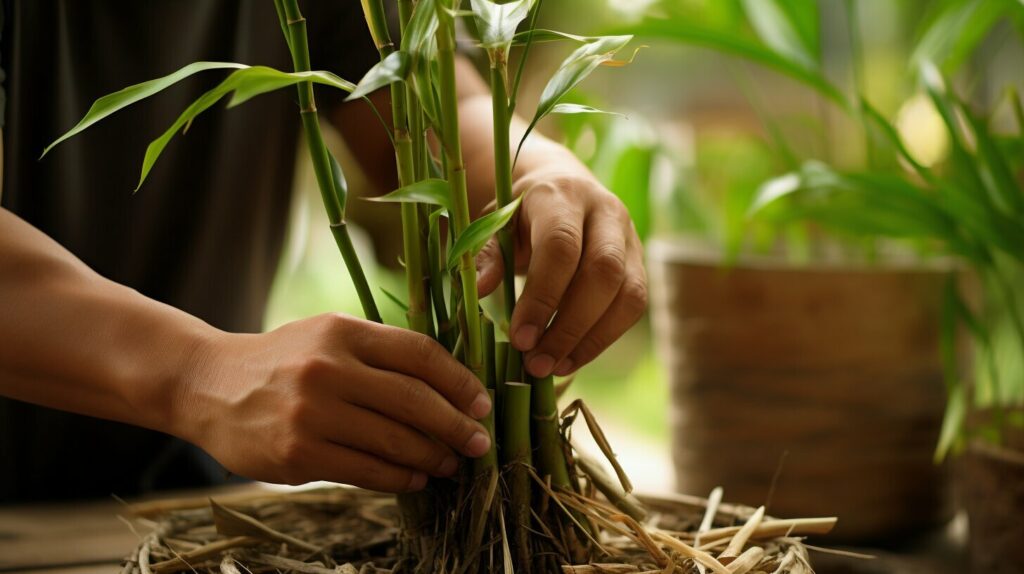
Pest and Disease Management
While propagating your bamboo plants, it’s important to keep an eye out for potential pests and diseases that could harm your new plants. Some common pests that can affect bamboo include spider mites, aphids, and scale insects. These pests can be controlled using a mixture of insecticidal soap and water, or with chemical insecticides specifically designed for treating bamboo.
In addition to pests, bamboo is also susceptible to certain diseases, such as fungal infections and root rot. Regularly inspect your plants for any signs of discoloration, wilting, or stunted growth. To prevent disease, ensure that your plants are adequately spaced and that they receive proper watering and fertilization. If you do notice signs of disease, remove and destroy the affected plants to prevent further spread.
Preventing pest and disease problems is key to maintaining a healthy and thriving bamboo garden. Regularly inspect your plants, provide proper care, and take swift action if any issues arise.
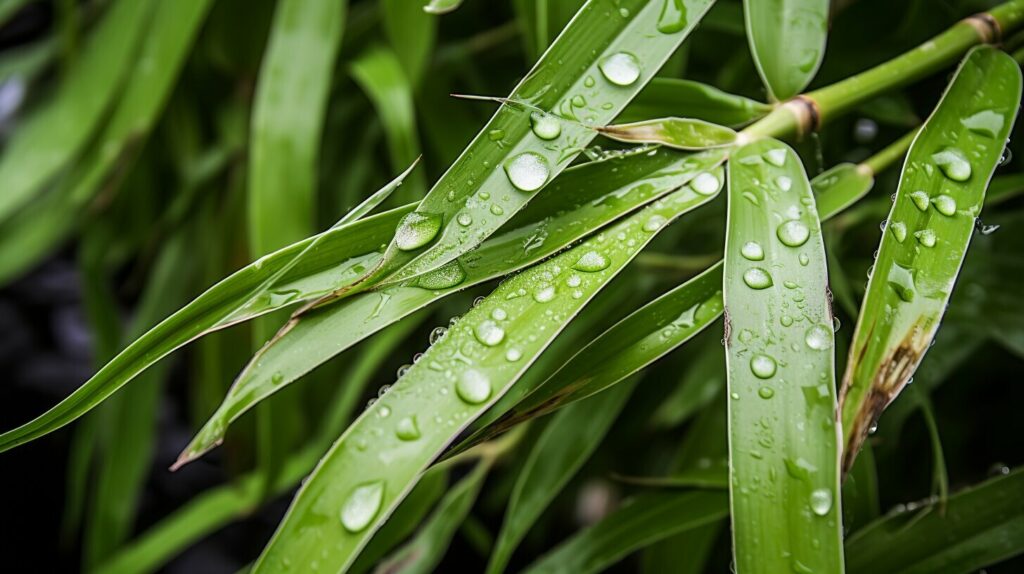
Conclusion
By following the steps and techniques outlined in this article, you can successfully cultivate bamboo and enjoy the beauty and benefits of this versatile plant in your own backyard. Remember to embrace your green thumb and continue learning and experimenting with different propagation methods to expand your bamboo collection.
Final Thoughts on Bamboo Propagation
As you embark on your journey into bamboo propagation, keep in mind that success requires patience, dedication, and attention to detail. Take the time to carefully select the right species for your needs, properly prepare your propagation area, and follow the appropriate techniques for the type of bamboo you’re growing.
Be sure to provide the necessary care and maintenance to ensure the health and vitality of your propagated bamboos. Don’t be discouraged if you encounter challenges along the way – these are opportunities to learn and improve your skills as a gardener.
With time and effort, you’ll be able to expand your bamboo collection and create a beautiful, sustainable landscape that showcases this incredible plant. Thank you for reading our bamboo propagation guide, and happy propagating!
FAQ
Q: What is bamboo propagation?
A: Bamboo propagation refers to the process of reproducing bamboo plants to create new ones. This can be done through various methods, including cuttings and divisions.
Q: How do I propagate bamboo from cuttings?
A: Propagating bamboo from cuttings involves taking a section of an existing bamboo plant and planting it to grow a new one. This process includes steps such as selecting the right cutting, preparing the soil, and providing proper care for the new plants.
Q: What is growing bamboo from divisions?
A: Growing bamboo from divisions is another method of bamboo propagation. It involves separating the rhizomes of an established bamboo plant to create new plants. This technique requires understanding when and how to divide bamboo and providing the necessary care for successful growth.
Q: How do I choose the right bamboo species for propagation?
A: Selecting the appropriate bamboo species for propagation is important as different species have varying growth habits and requirements. It is essential to consider factors such as climate, sunlight exposure, and growth patterns when choosing the right bamboo species for your needs.
Q: How do I prepare the propagation area?
A: Creating an ideal environment for bamboo propagation is crucial for success. This includes preparing the soil, ensuring proper drainage, providing adequate sunlight exposure, and considering other factors that promote optimal bamboo growth.
Q: What are the propagation techniques for different bamboo types?
A: Not all bamboo species propagate in the same way. Some require specific techniques for successful growth. Understanding the appropriate propagation techniques for different bamboo types, including clumping bamboos and running bamboos, is necessary to ensure the best possible results.
Q: How do I care for propagated bamboo plants?
A: Once you have successfully propagated your bamboo plants, proper care is essential. This includes regular watering, appropriate fertilization, pruning, and other maintenance practices to ensure the health and vitality of your propagated bamboos.
Q: What challenges may arise during bamboo propagation, and how can I overcome them?
A: Like any gardening endeavor, bamboo propagation may come with its challenges. Common issues include pest infestations, diseases, and poor growth. We’ll provide troubleshooting tips and guidance on how to overcome these challenges and ensure successful bamboo propagation.
Q: How can I expand my bamboo collection?
A: Once you’ve mastered bamboo propagation, you may want to expand your bamboo collection. We’ll share tips and ideas on how to add variety to your bamboo garden through additional propagation and sourcing new bamboo plants.
Q: How do I manage pests and diseases in my propagated bamboo plants?
A: Keeping your propagated bamboo plants healthy involves managing pests and diseases. We’ll discuss common bamboo pests and diseases, prevention methods, and treatment options to protect your precious bamboo collection.




